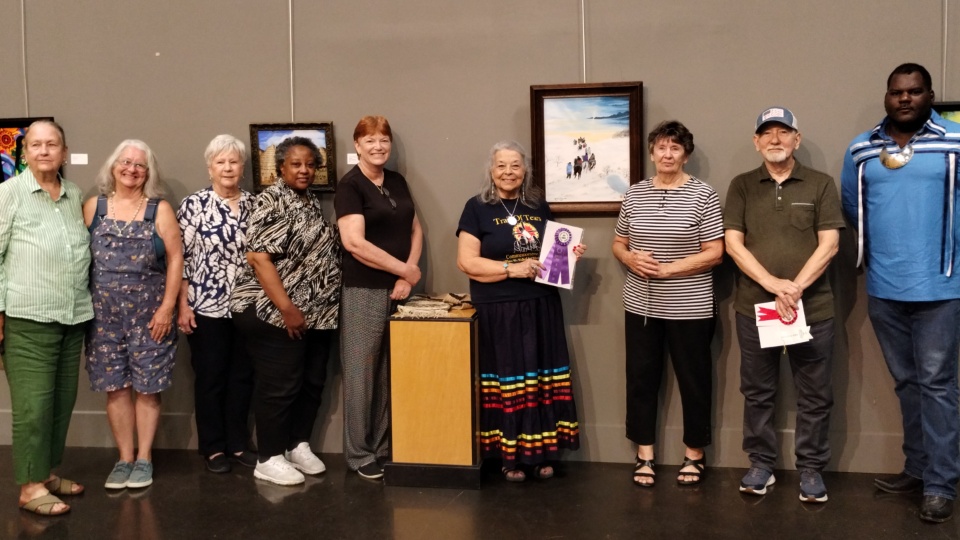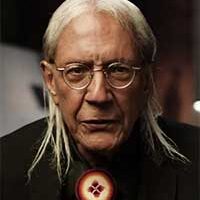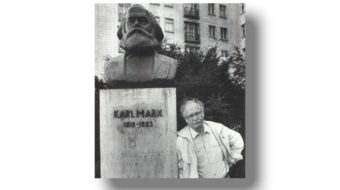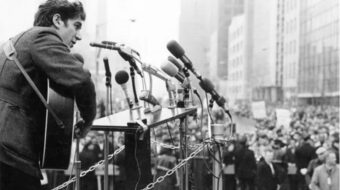
WOODBURY, Tenn.—For the second year in a row, the “Trail of Tears” art show was held in this Tennessee city a few miles from the bustling municipality of Murfreesboro, 30 miles south of Nashville. The show opened on Aug. 2 in the city art center.
The exhibition was organized by Melba Checote-Eads, a citizen of the Muscogee Creek Nation of Oklahoma and longtime Woodbury resident, and Gary White, a Muscogee Creek and Cherokee descendant.
The art show was first held in 2023 and was to commemorate the genocidal Trail of Tears of 1838 trod by Cherokees and Muscogee Creeks on forced marches to what is now the state of Oklahoma.

To be eligible for entry, the artworks, both paintings and ceramics, were required to depict historic Southeastern Indigenous culture prior to and contemporaneous with the heinous Trail of Tears.
The Trail of Tears was directed at all the five major Native nations of the Southeast – Cherokee, Muscogee Creek, Choctaw, Chickasaw, and Seminole – as part of the land grab policy of the U.S. government of tribal dispossession following in the wake of the Cherokee and Creek wars of the 18th and 19th centuries, respectively.

The art was produced primarily by senior citizens of Woodbury. What made it so doubly impressive was that most of the work was done by non-Natives, both African American and white, who in fact did prodigious research of Southeastern Native cultures before engaging themselves in producing the art.
This also produced an awareness, appreciation, and consciousness of the historic tragedies that beset Indigenous peoples in the past.
This writer was tremendously impressed by the talent and accuracy that went into the artwork and looks forward to the next art show in 2025.
We hope you appreciated this article. At People’s World, we believe news and information should be free and accessible to all, but we need your help. Our journalism is free of corporate influence and paywalls because we are totally reader-supported. Only you, our readers and supporters, make this possible. If you enjoy reading People’s World and the stories we bring you, please support our work by donating or becoming a monthly sustainer today. Thank you!










